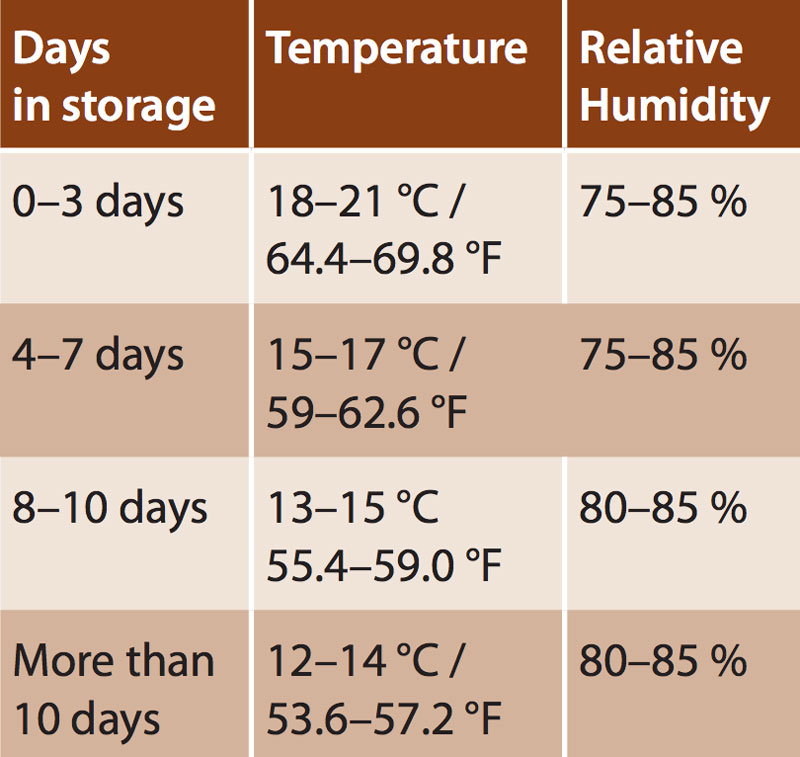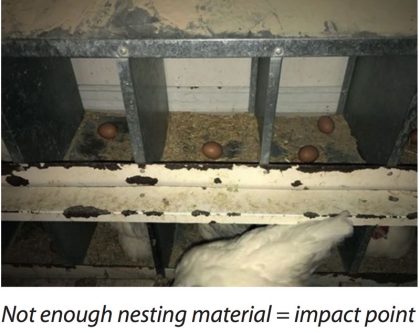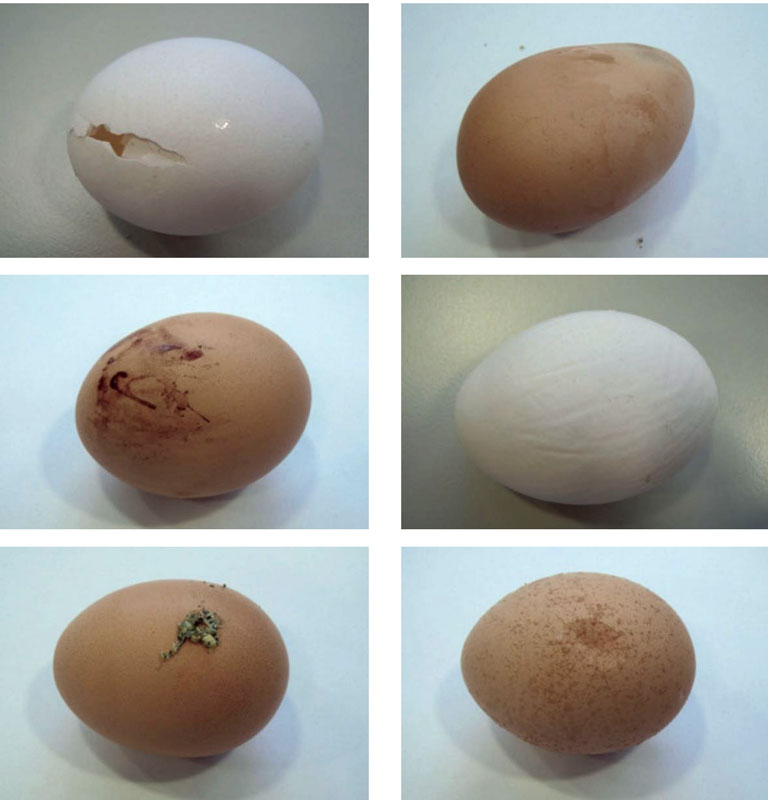The fertile egg contains a living embryo which has all the genetic potential of H&N International. In order to enable embryo express this potential during incubation and later in life as pullet and laying hen, good hatching egg quality is essential.

CONDENSATION
Condensation on the egg shell impairs the natural mechanisms of defense and provide an ideal environment for bacteria growth.
Hairlines cracked eggs have low hatchability and poor chick quality. In case of a high incidence (> 2 %) a complete analysis of the hatching egg flow must be performed, identifying the impact points. Calculating the % of hair lines before and after impact points will identify equipment factor that could be damaging the egg shell. Example of impact points: nest, egg belt, egg lifter, conveyor, packing machine, etc.


¡Bienvenidos! Su admisión está validada, por favor espere 2 segundos mientras la puerta de nuestra sala VIP se abre. ¡Por favor entre!
¿No tienes una cuenta?Regístrate ahora
